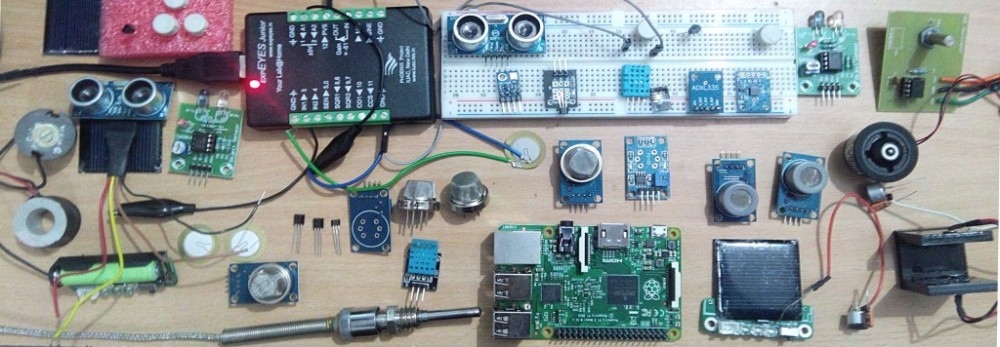The previous week ( From Monday 23rd to Sunday, 29th June 2014) we could setup some new experiments to study the phenomena of Friction and sound.
Submitted the midterm evaluation on June 25th. On 28th midnight at 12.45 am…..got the happiest news that I have successfully passed the Google Summer of Code 2014 – Midterm Evaluation….. awesome moment I was waiting for….. Thanks a million to my mentors for all the guidance, help and encouragement.
Also received message from Payoneer that they have processed my GSoC payment. Now I can order some equipments Like Audio Frequency Oscilloscope and amplifiers for my Project. These equipments will help me to try the experiments and achieve the same with ExpEYES later.
Things We Could Do….
- Setup an experiment to obtain Lissajous Figures using Square waves with various values of phase difference. Repeated the experiment with sine waves. Phase difference can be added with a capacitor and resistor circuit.
- Started working on an experimental setup to produce these pattern in 3 Dimensions using Laser and Speakers.
- Submitted the midterm evaluation report.
- Completed the set-up of a mechanics experiment to study conservation of momentum. Wrote python code to get the data.
- Designed an instrument using a pulley and a photo-gate to measure acceleration. ( thanks to open educational resources for the idea..)This can be used for different experiments involving friction.
- In an experiment to study oscillations of a loaded spring, we could obtain position time data and plot graph.To determine the spring constant of the given spiral spring we need to measure frequency and time periodic time.I could get this done by fitting the data by using a python code.
- Set-up for demonstration of Doppler effect is ready. I used A buzzer attached to a spiral spring and made it oscillate in-front of the mic.
- Prepared the experimental set-up For Doppler Effect. I have used the linear air track and fixed the source of sound on the glider. the emitted sound waves can be detected by a microphone fixed in ExpEYES. We can determine the original frequency of the source using ExpEYES and then the source is set in to motion and again frequency is determined. A photo-gate is used to measure the speed of the source.
Things To Do Next Week….
- GUI for experiments with Friction
- GUI for Doppler Effect
- Documentation for all these Experiments
- Python Code for a separate GUI for Plotting data from all channels of ExpEYES.
